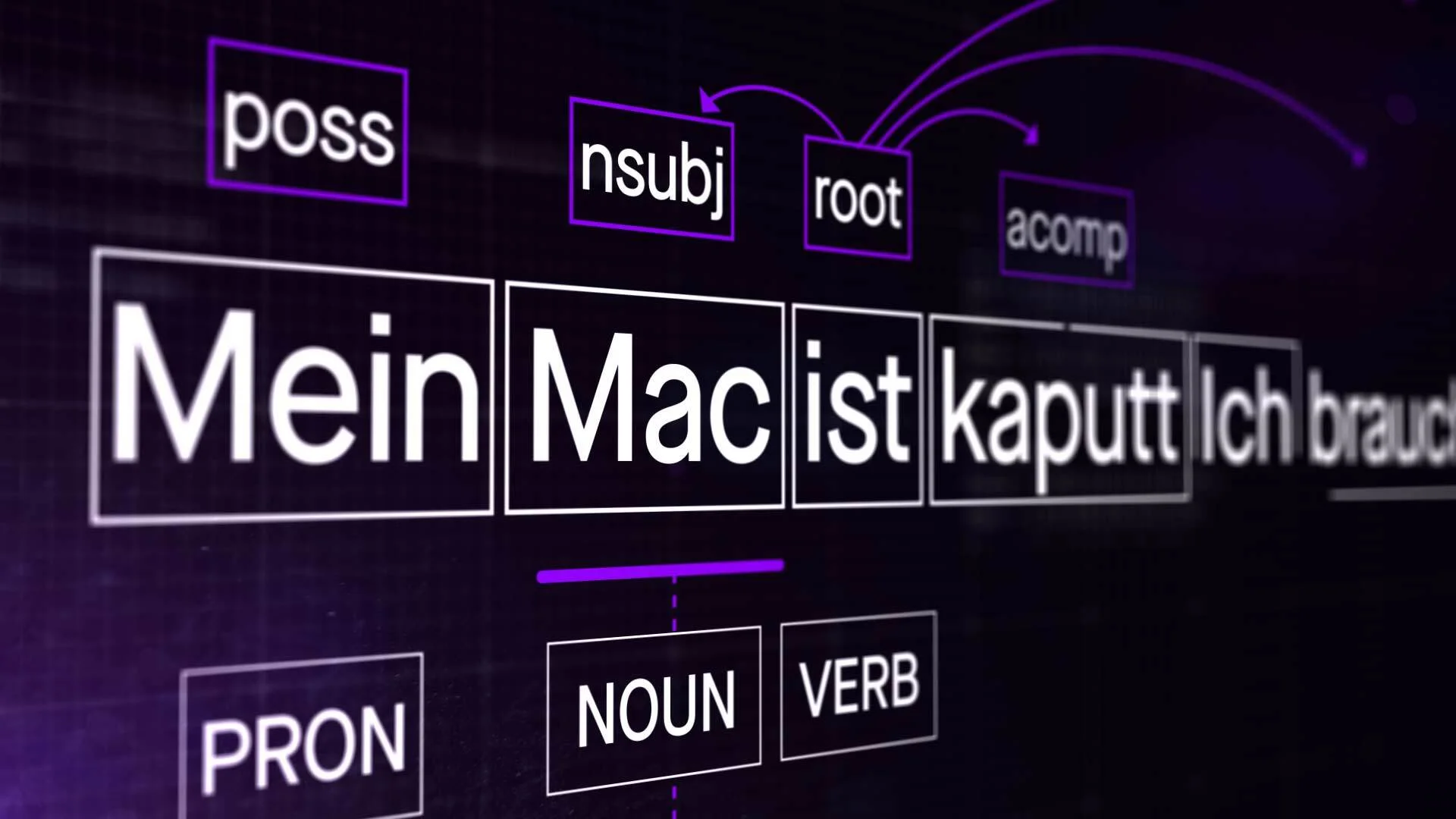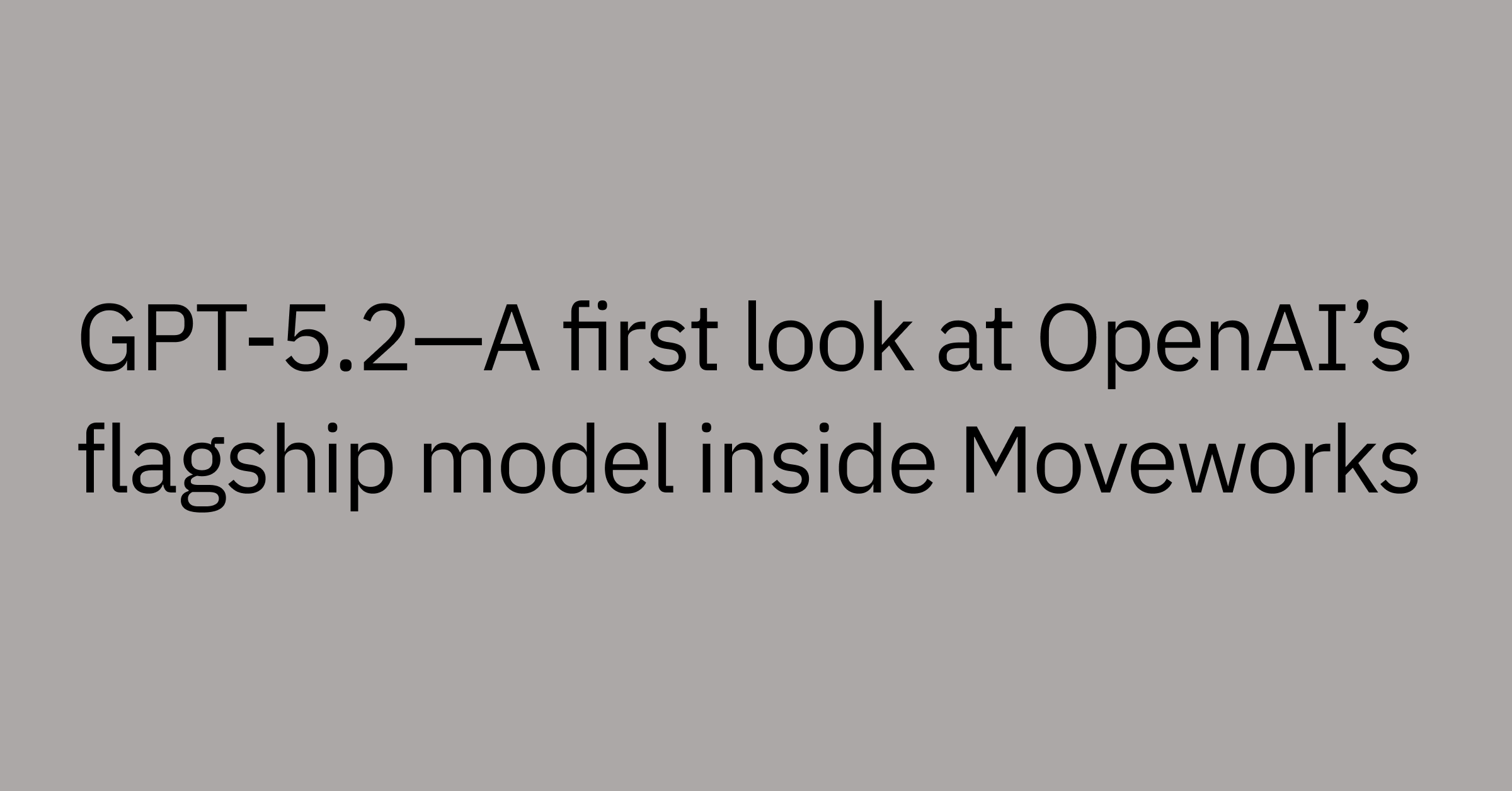Table of contents
Global companies can’t operate in English alone. But hiring an army of help desk agents based in a dozen different countries is out of the question. Even with the latest automation tools, ensuring high-quality support across borders is a massive challenge, requiring dedicated experts to anticipate every employee issue, set up workflows in various languages, and constantly maintain every dialog as the business environment evolves.
That said, every employee deserves to get the same support. It shouldn’t matter if they’re based in the New York headquarters, a satellite office in Mexico City, or a home office in Paris. But this isn’t an easy problem to solve, especially not without help.
Creating a truly multilingual platform is only possible with an extensive network of machine learning models working in unison. This is where Moveworks can step in. We’ve worked to evolve our Intelligence Engine™ to take on the challenge of multilingual support, and today we’re proud to announce that Moveworks speaks French, Italian, German, Spanish, Portuguese, Japanese, Chinese, Korean, and English — with several other languages planned for release in early 2022.
Today’s blog dives into the three approaches that make Moveworks a naturally multilingual interface where employees are confident they can get help, regardless of their preferred language. Our platform:
- Seamlessly engages with employees in their native language
- Deeply understands support issues in any language
- Delivers personalized solutions to every request
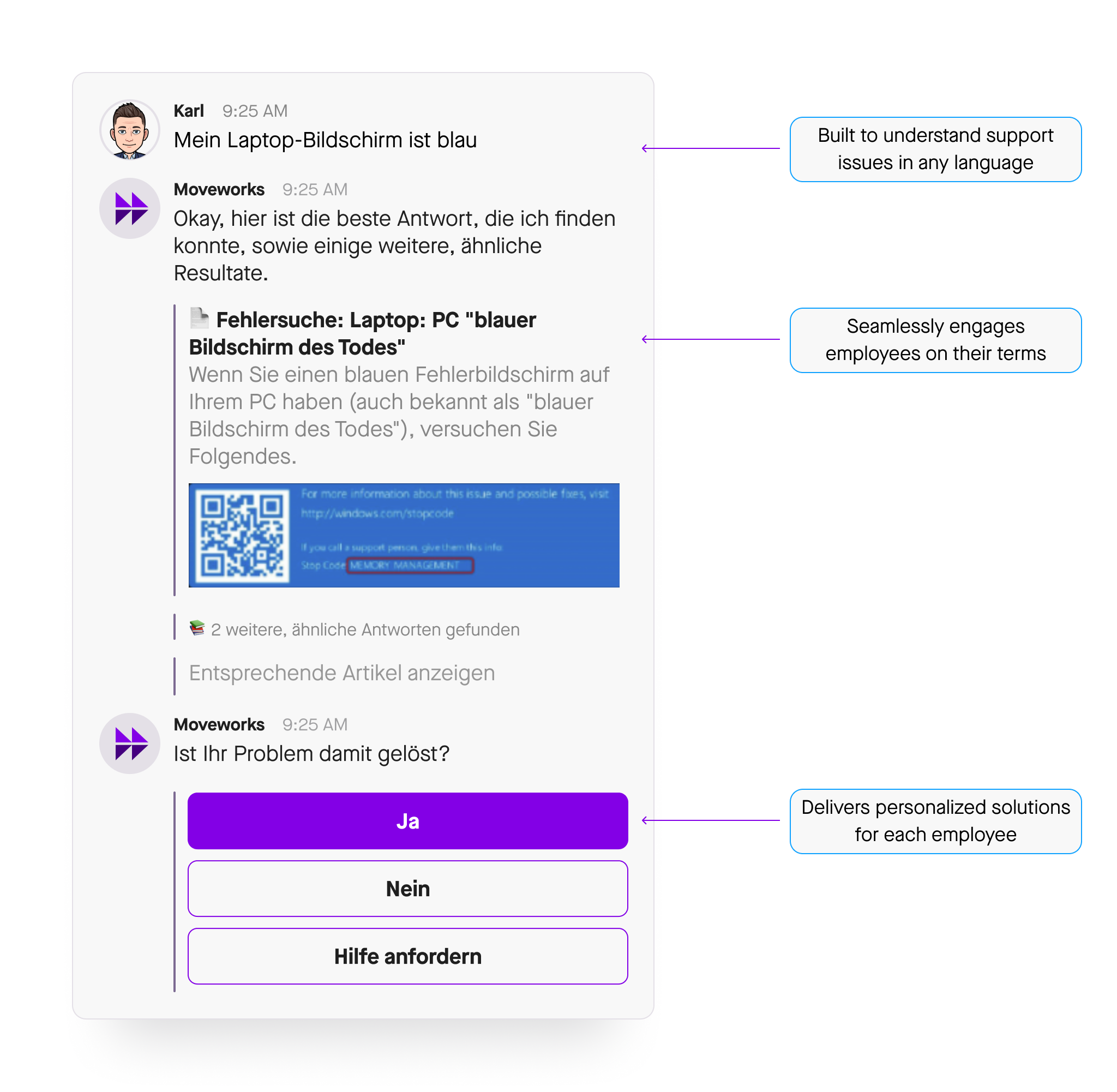 Figure 1: Employees deserve the same quality of support—no matter where they are or what language they speak.
Figure 1: Employees deserve the same quality of support—no matter where they are or what language they speak.
Meet employees on their terms. No scripting required.
Moveworks makes getting help at work easy for everyone, regardless of their preferred language. All they have to do is ask. Even if you’re in an English-speaking country, using an English-language system, on an English-language device — when you ask our bot a question in Spanish — it understands and answers back in Spanish. It doesn’t trap you in a never-ending dialog flow.
This seamless experience is only possible with Moveworks. Unlike conventional chatbots that rely on someone manually designating every employee’s language preference or forcing employees to learn yet another new system — we threw out the script.
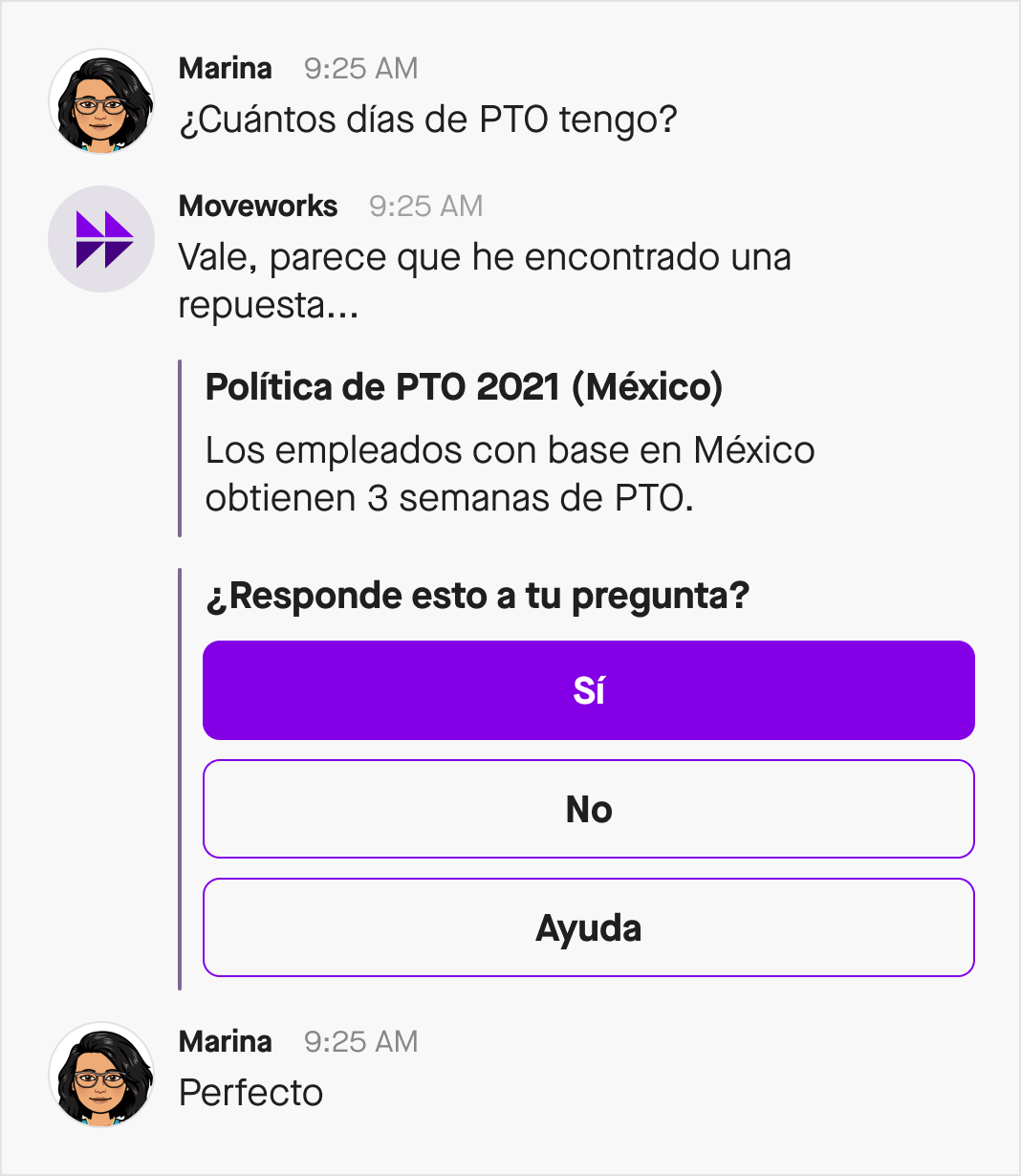 Figure 2: Keeping track of an employee’s location, department, and language preferences, a chatbot can surface information that's the most helpful to a specific employee.
Figure 2: Keeping track of an employee’s location, department, and language preferences, a chatbot can surface information that's the most helpful to a specific employee.
No matter what language you use, Moveworks just works. Here, Marina asks in Figure 2 how many days of PTO she has. And immediately engaging in Spanish, Moveworks provides an inclusive experience where Marina always moves the conversation along. She’s not trapped in a dialog flow; she’s having a real conversation with actionable steps forward.
To make interacting with a chatbot as easy in English as in any other language, our first decision was to play to build on what makes our platform so great to begin with. Simply put, we let the employee dictate the conversation.
At every step of the way, Dynamic Flow™ generates clarifying questions to further understand requests, crafting a custom response on the fly. Each response is tailored to the specific user’s preferences and the resources available. Deep contextual understanding helps our bot uncover user intent and review every possible response in an instant, weeding out those that are irrelevant or in the wrong language. We’ve also evolved our probabilistic bidding system, Action Bid™, to consider and reconsider every possible path forward, surfacing next steps in the language — or languages — with the highest likelihood to solve the issue.
Our bot adapts to language preferences in real-time to ensure natural back-and-forth communication, even when requests involve multiple languages or multiple users. It’s smart enough to adjust and switch seamlessly between languages to get users a solution as quickly as possible.
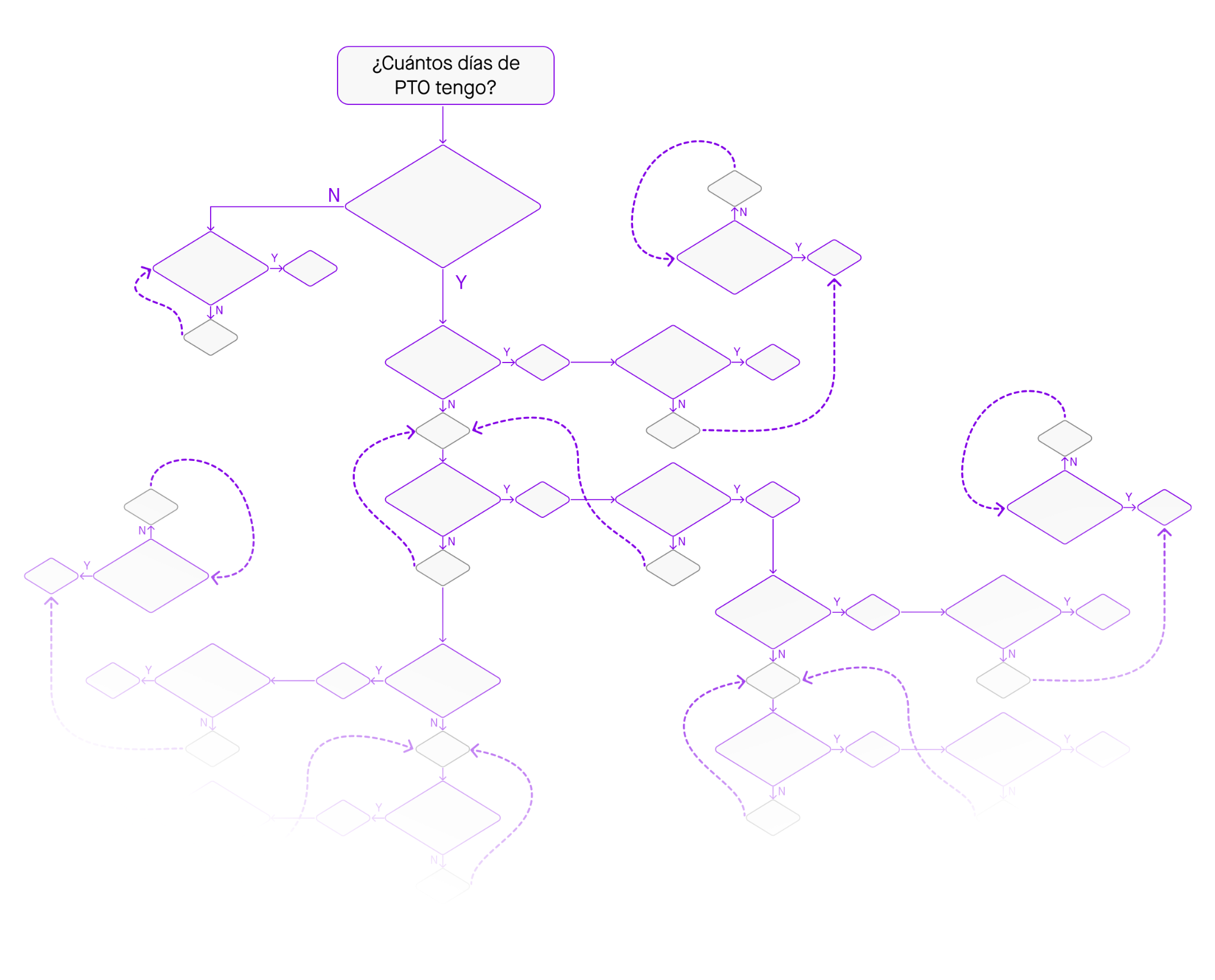 Figure 3: It’s hard to process complex ideas with dialog flows. With Moveworks, the user determines next steps instead of following pre-programmed logic.
Figure 3: It’s hard to process complex ideas with dialog flows. With Moveworks, the user determines next steps instead of following pre-programmed logic.
Imagine for a minute what it would take to answer Marina’s same simple question with a conventional chatbot in every language and location. Updating this same dialog flow in ten languages every time the business environment changes requires a monumental effort and a native understanding of many different languages.
Moveworks doesn’t require a dedicated team to update and maintain dialog flows constantly. Our platform automatically evolves with your organization so that every employee gets the same, high-quality experience. And we deploy the same powerful Moveworks skills for every customer in every language we support. So there’s no need to worry about building automation scripts or templates.
Understand employee issues — even the jargon
Full disclosure: There are open-source translation services. But enterprise linguistic nuances are beyond simple translation. Other solutions just aren’t equipped to handle domain- or company-specific language. They require constant attention from dedicated teams to set up and maintain. And they don’t consider a user’s preferences, permissions, or location, risking noncompliance with company security policies.
Moveworks speaks your employees’ languages, so they don’t need any help to get help. Every industry, company, department, and even team has its own jargon, abbreviations, shorthand, and acronyms. Understanding Spanish is hard enough; understanding enterprise Spanish is many orders of magnitude harder. The only way to solve this challenge is with AI, and Moveworks is the most sophisticated AI platform ever created to crack the enterprise language code.
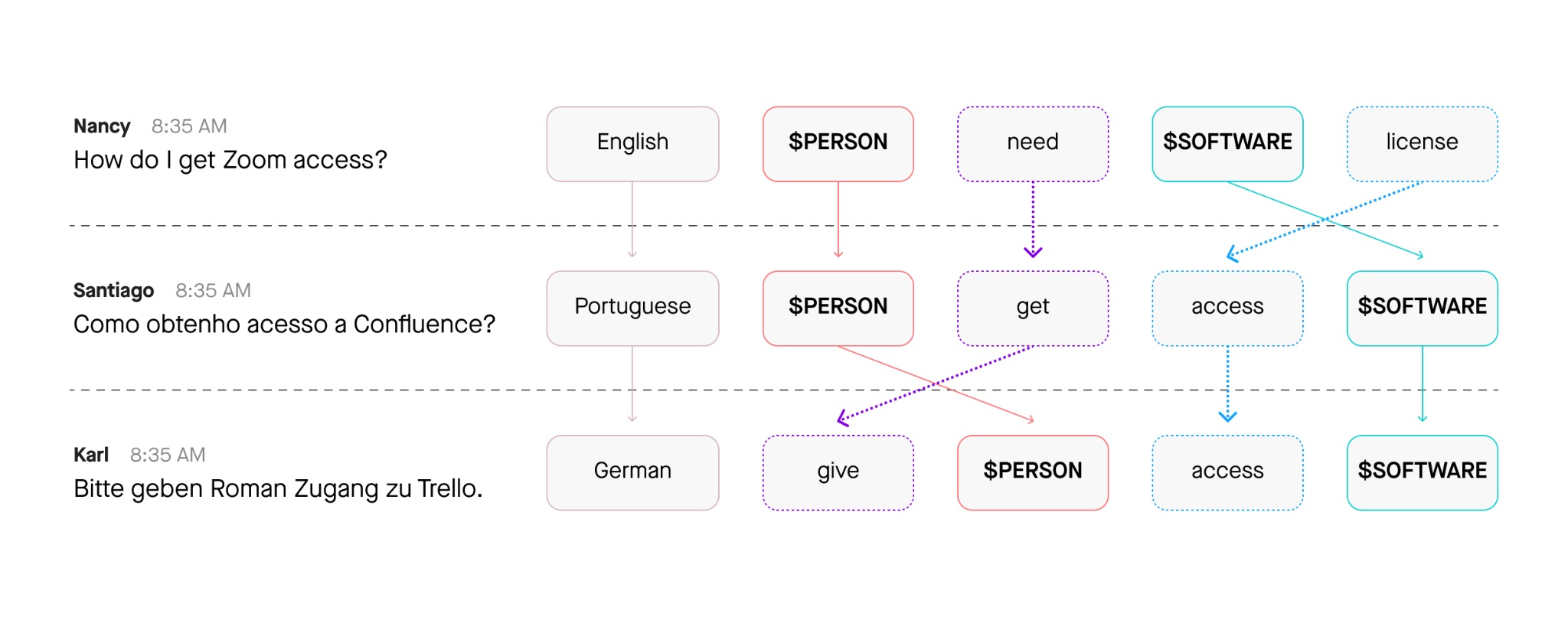 Figure 4: Moveworks breaks down and transforms complex requests into machine-understandable language, no matter the user’s original language.
Figure 4: Moveworks breaks down and transforms complex requests into machine-understandable language, no matter the user’s original language.
Understanding multiple languages requires a chatbot to anticipate an infinite variety of requests from employees, including requests that contain language-specific jargon or a combination of several languages at once. We made the decision to completely nail the foundations of English first. Using Collective Learning to analyze 250 million requests across industries and companies, the Moveworks platform is uniquely capable of making sense of any language in context.
From there, we could expand our approach to other languages with our already powerful Language Core™, converting any user utterance into machine-actionable information. We treat every employee request as complex words and phrases with context and intent, not just as clusters of keywords. Within Language Core, natural language processing (NLP) organizes any language into structured data — disambiguating entities, analyzing grammar, adding accents, and correcting typos — to understand the nuances to each language we support.
But perhaps more importantly, our natural language understanding (NLU) focuses on domain and entity detection across languages to figure out what people at work need, no matter what language they use. Whether an employee asks for software in English or Portuguese, Moveworks can instantly offer up actionable next steps.
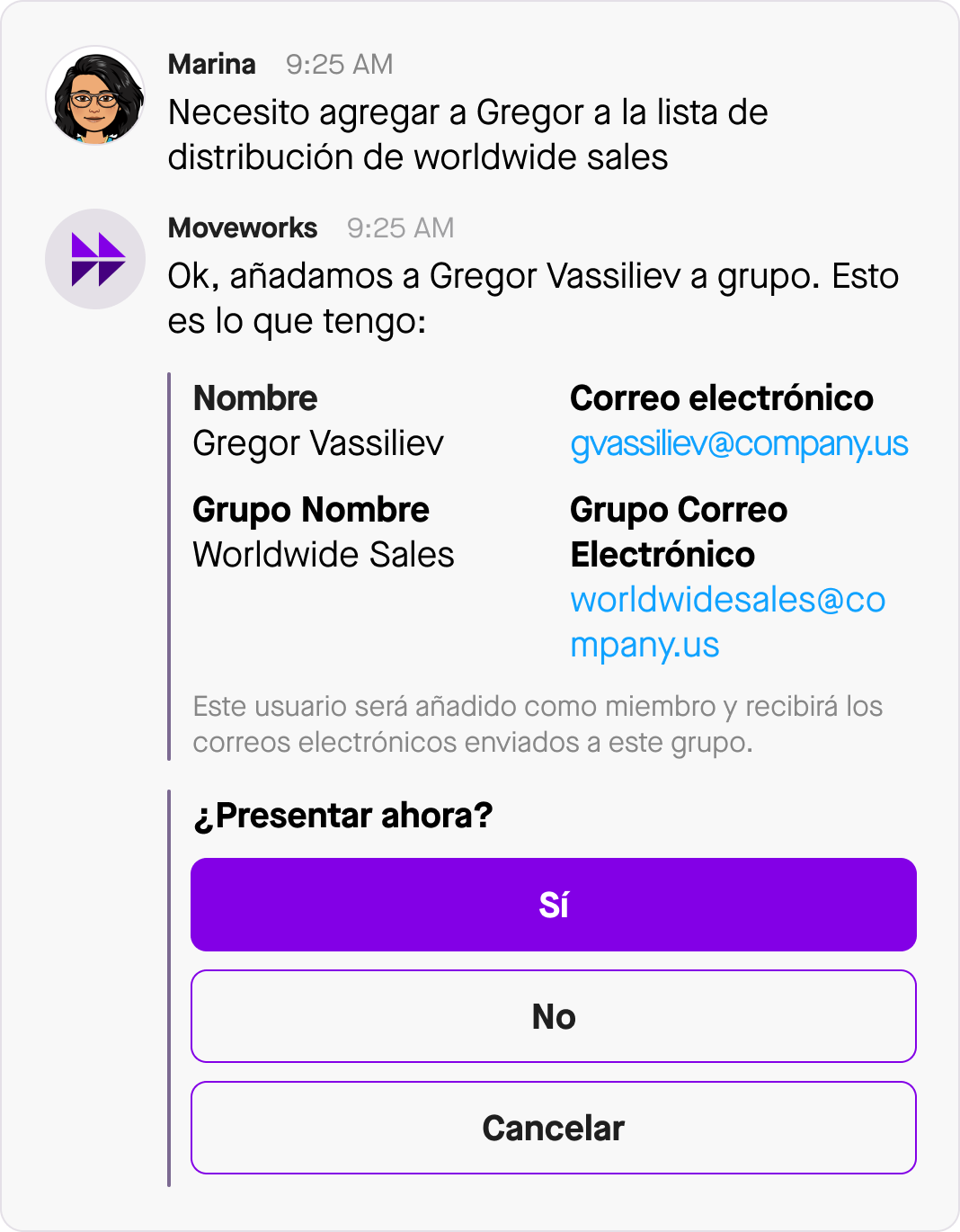 Figure 5: Language Core™ goes beyond processing language at face value: it illuminates a user’s underlying intent. Even if a user flips between two languages or uses ambiguous terms, our solution resolves the issue.
Figure 5: Language Core™ goes beyond processing language at face value: it illuminates a user’s underlying intent. Even if a user flips between two languages or uses ambiguous terms, our solution resolves the issue.
Let’s look at an example. Even in English, there’s a lot that goes into adding someone to a distribution list. Our bot has to diagnose and solve a very specific problem that involves knowing who “Gregor” is and what the relevant sales distribution lists are.
When another language enters the equation, it gets way more complicated. For example, Marina’s request in Figure 5 has both Spanish and English words. Within the enterprise, English is often the default used for group names, software entities, and error codes. And our system is smart enough to know that and therefore does not translate all words. In this case, our model automatically tags any words meant to remain in English, like “worldwide sales” here. By preserving this phrase, our system can search for that group name and correctly retrieve the top options. If “sales” were automatically translated to Spanish, this request would have failed, and Marina would have to start all over again.
This is just one example to demonstrate how difficult multilingual support can get. And it’s so important to get it right. If a missing accent prevents an employee from getting an answer, they won’t come back. And if the bot is confused when the same words have different meanings in different languages, your employees aren’t getting the support they deserve. With a deep understanding of how different languages work and how enterprise language works, Moveworks enables everyone to get the same high-quality service they deserve.
Personalized solutions — in your language
There are thousands of potential solutions to every support issue. New articles and forms are added or become obsolete all the time. Conventional chatbots involve lots of manual effort to map each resource to a relevant solution. And this challenge becomes even more complicated when employees speak different languages and live in different countries.
It takes a new approach to thrive in this level of complexity. Moveworks provides the right solution — in the right language — in seconds. Our platform ingests thousands of support resources as they’re published, so every response offers up-to-date information tailored to the user, accounting for security permissions, location, and language preferences.
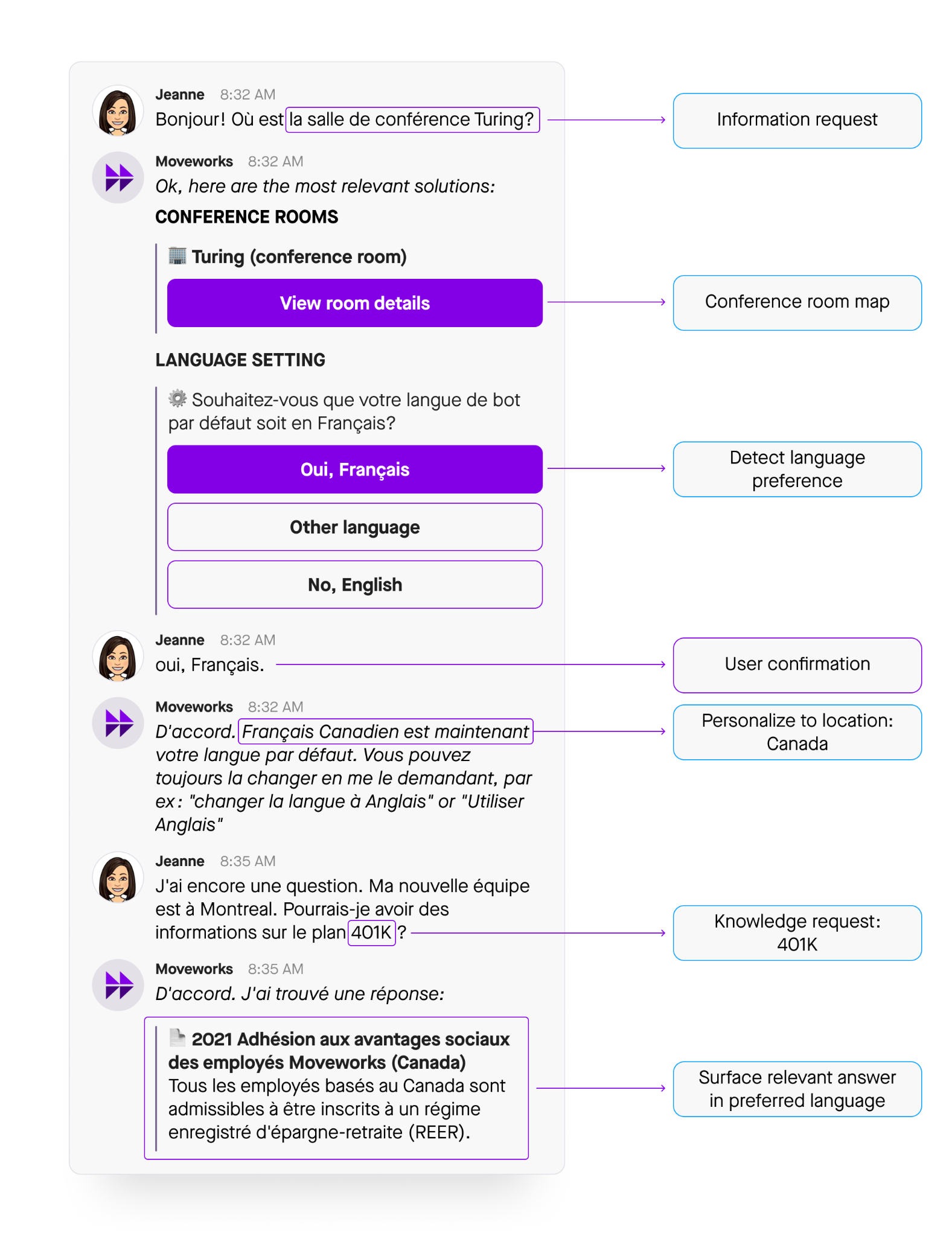 Figure 6: Moveworks uses context to surface the most relevant answer to each employee in their language of choice.
Figure 6: Moveworks uses context to surface the most relevant answer to each employee in their language of choice.
Moveworks serves up precise solutions to employees’ requests, such as snippets from long, complex knowledge articles, taking into account language preferences and permissions. Instead of requiring support teams to manually build out and update every single workflow, our Enterprise Cache™ automatically ingests new resources the moment they’re published, detecting their language and tagging them accordingly. Support teams don’t need to manually update or edit conversation flows every time something new is added.
Whenever an employee has a problem, Semantic Match™ looks at each of these potential solutions, considers every bit of information, and matches it with an appropriate response. Our bot takes every disparate piece of data into account, from the proximity of certain words and phrases to the resources available in various languages to the location of the person asking.
With a 360-degree view of your organization, our language, proximity, relevance, and location models retrieve the most accurate answer. So even when an employee prefers Spanish or Italian or Portuguese or German or French or English, Moveworks can connect them with the right solution. So employees get a quick and straightforward answer in seconds that's personalized.
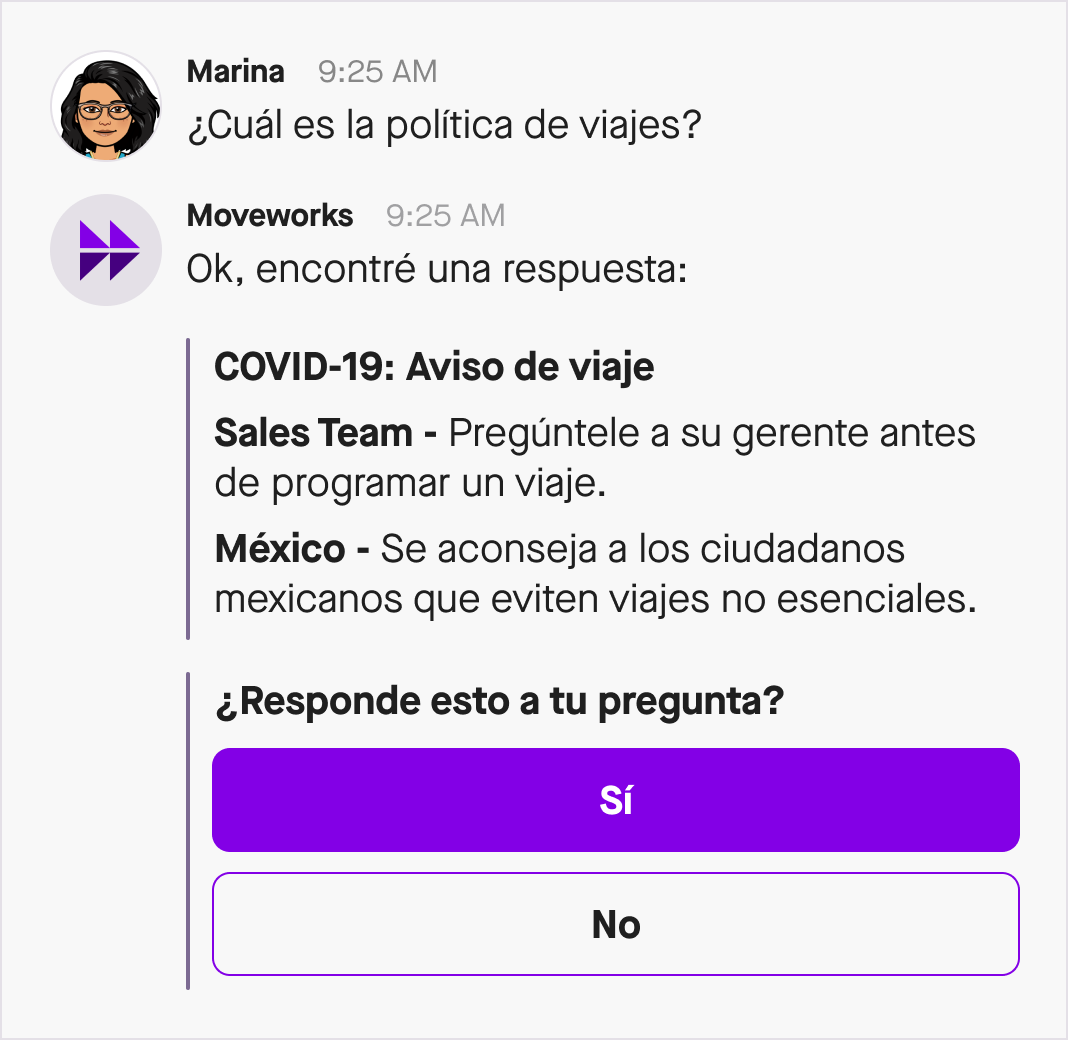 Figure 7: Considering an employee’s location allows Moveworks to provide resources like country-specific policies without involving the service desk.
Figure 7: Considering an employee’s location allows Moveworks to provide resources like country-specific policies without involving the service desk.
If an employee, such as Marina in Figure 7 above, asks about the current company travel policy — the bot can review her specific profile, such as her language preference, security permissions, and location. Then, it can extract the most helpful solution from a larger resource — such as a snippet from a knowledge article or an enrollment form — to offer her up-to-date information in Spanish right away.
And as Marina continues to use Moveworks, the bot will be able to handle greater complexity and adapt to her changing preferences. Even in a constantly changing environment, employees can ask just about anything, using whatever language they like, and expect an accurate response in seconds.
Moveworks is multilingual
Employees find conventional chatbots annoying and unhelpful, and support teams find them costly and time-consuming. And that’s just for people who speak English. For growing companies, supporting employees who speak a half dozen languages really is a make-or-break moment. Providing resources and experiences in your employees’ native languages sends a clear message that every one of them matters.
That’s why we built multilingual support into our platform. As we add new features and improve our machine learning models, every employee around the globe will continue to get the same instant, high-quality support.
Today, our customers can offer AI-powered support to employees in multiple languages without hiring additional help desk agents or AI experts. And for employees, there’s no learning curve or configuration required. Getting help at work should be as easy as holding a conversation. We’re proud to say that with our platform, that’s now possible for every employee, no matter what language they use.
Contact Moveworks to demo and deploy our AI chatbot in your Teams environment.
